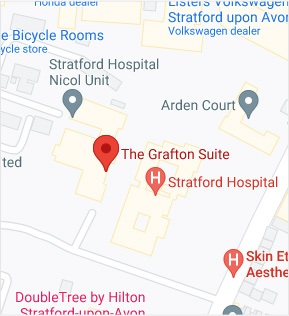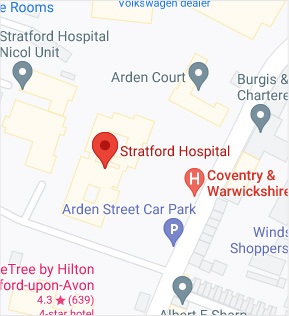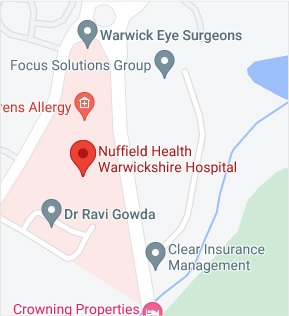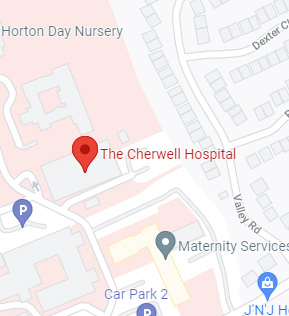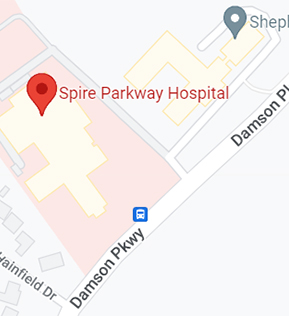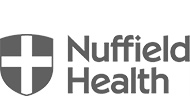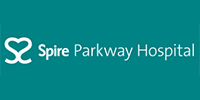What is Internal Shoulder Impingement?
Internal shoulder impingement can be described as a pathological condition resulting from repetitive impingement of the internal surface of the rotator cuff by the bones at the back of the glenohumeral joint.
Relevant Anatomy
The glenohumeral joint of the shoulder is formed by the head of the humerus (rounded end of the upper arm bone) that articulates with a cavity called the glenoid at the side of the scapula (shoulder blade). The rotator cuff is a group of muscles and tendons that help stabilise the joint and enable certain shoulder movements.
How does Internal Shoulder Impingement Occur?
Internal shoulder impingement occurs due to excessive abduction and external rotation of the arm during overhead movements or throwing.
During these movements:
- The greater tuberosity (a protuberance of your humeral head) comes into forceful and repetitive contact with the undersurface of the rotator cuff impinging it against the upper posterior edge of the glenoid cavity.
- The labrum (a fibrocartilage ring that runs around the glenoid) in this region also gets impinged.
- There is a contraction of the posterior aspect of the capsule enclosing the shoulder joint.
- There are also changes to the humeral head and glenoid cavity.
Repetitive throwing in athletes leads to bony and soft tissue changes in the shoulder that can lead to internal impingement.
Who is at Risk for Internal Shoulder Impingement?
You may be at risk of internal shoulder impingement if you are involved in sports or activities that involve excessive overhead arm movements such as throwing.
Symptoms of Internal Shoulder Impingement
Symptoms of internal shoulder impingement include:
- Pain in the back of the shoulder that worsens with throwing.
- Shoulder stiffness.
- Reduced shoulder strength.
Diagnosis of Internal Shoulder Impingement
Your doctor will review your medical history and symptoms and perform a physical examination. Shoulder movement and strength are evaluated. Tenderness at the back of the shoulder and decreased ability to internally rotate your arm are signs of internal impingement. Imaging tests (X-ray or MRI scans) are ordered to help diagnose internal impingement and rule out other conditions. MRI scans can help identify injury to the soft tissues such as the rotator cuff and labrum.
Treatment for Internal Shoulder Impingement
Your doctor may recommend non-operative or operative treatments to treat internal impingement of the shoulder. First, non-operative interventions are recommended such as:
- Cessation from throwing and resting your shoulder until the pain is controlled.
- Physiotherapy focusing on stretching of the posterior capsule, strengthening and balancing the rotator cuff, stabilising the scapula.
- Therapy to improve throwing mechanics.
If the non-operative treatments prove unsuccessful, your doctor may recommend operative treatments such as:
- Arthroscopic debridement of the damaged rotator cuff or labrum.
- Mini-open or arthroscopic rotator cuff repair.
- Posterior capsule release.
- Tightening of the front of the capsule.
- Procedures to correct osseous changes contributing to internal impingement.
Complications Associated with Surgery for Internal Shoulder Impingement
As with any surgical procedure, complications can occur and may include:
- Development of full-thickness rotator cuff tears if only debridement of a partial tear was performed.
- Delayed return to overhead activities after rotator cuff repair.
- Axillary nerve injury during posterior release.


 REQUEST AN APPOINTMENT
REQUEST AN APPOINTMENT



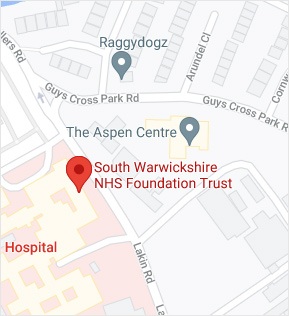
 Ext 4798
Ext 4798